To crown the world-famous excavation sites in the sacred valley of the Incas, we set off to visit Machu Picchu. For budget-conscious travelers like us, however, it’s not so easy to find your way around all the information about Machu Picchu. There are trains that make the journey easier, but for tourists the return trip costs at least 100$ per person. And these are the short routes, which take around half an hour and don’t start directly in Cusco. A train ride from Cusco can cost up to an incredible 900$! As these train tickets have to be booked well in advance – we are here just at the beginning of the high season – and we are not prepared to pay that much for a few hours’ train journey, we first have to think about a feasible route before we can marvel at Machu Picchu in all its glory.
The way to Aguas Calientes
The cheapest way – for us as we are traveling with our campervan Ben – is to drive to Hidroeléctrica. This is a small cluster of houses after Santa Teresa and serves as our starting point on the way to Aguas Calientes, the village at the foot of Machu Picchu where all the hotels and restaurants for our stay at Machu Picchu are located. Characteristically enough, Hidroeléctrica is in fact simply the hydroelectric power station that supplies the valley around Machu Picchu with electricity. A continuous road leads up to this point, although the last section has been a major construction site for some time and in places can only be driven on one lane.
Aguas Calientes, on the other hand, cannot be reached by private vehicles. And even in the village itself, we only find public buses and municipal vehicles; apart from that, Aguas Calientes is a car-free zone. We park our campervan Ben in a paid parking lot in Hidroeléctrica and set off on foot, a good two hours along the railroad tracks from Hidroeléctrica to Aguas Calientes. The path is only arduous at the beginning and leads over stairs to make quick work of the first few meters of altitude. After that it is almost a walk, through tropical-looking vegetation along the Urubamba River and the railroad line.
We are by far not the only ones walking, we keep coming across people who have already visited Machu Picchu and are now walking back to Hidroeléctrica.
Getting tickets for Machu Picchu
As the online ticket sales are fully booked weeks in advance (in the high season even up to 6 months) and we make our plans at short notice as usual, we first visit the local branch of the Ministry of Tourism to buy tickets for Machu Picchu. We arrive at around 2 pm and are given numbers 252 and 253 for the purchase of tickets at 4 pm. There are 1000 tickets reserved for each day, which can only be bought directly on site and only for the next day. We had heard in advance that in the peak season – the beginning of which is in June when we are here – some people queue as early as 6.00 am to get the lowest possible number for the actual ticket purchase. We still find it quite relaxed, we are happy with our numbers.
At 4 p.m. there are considerably more people in front of the ticket sales office. We believe that at least the first 300 numbers were all called in at 4 pm. Well then – we join in the ticket limbo. The numbers are called one by one and the corresponding tourists are invited into the building. It advances quickly – we are surprised. But we are immediately disillusioned: There are rows of chairs inside, so we are now sorted in order, but we can’t buy any tickets yet. About three quarters of an hour later, we have our tickets. And to our great surprise, we can still choose from the full selection of different tours. There are now 8 circuits, shorter, longer and various highlights of Machu Picchu are included in the different circuits, but not all of them. Route 2B is the most suitable for us. It is one of the longest circuits through Machu Picchu and we can see different parts of Machu Picchu on this route.
Afterwards, we buy completely overpriced bus tickets from the local bus company so that we can take the bus from Aguas Calientes to the entrance to Machu Picchu at the right time. After all, we want to be able to start the tour fresh and curious. The ascent on foot would also be feasible, but it is about 500 meters in altitude, which has to be covered almost exclusively via steep stone steps. However, we will make the descent after the visit, so we feel a bit like Incas walking through the steep hills of the Andes.
- Tickets can be purchased on site for the following day, the earlier a number is collected from the Ministry of Tourism, the more complete the selection of different tours will be.
- A Machu Picchu ticket for foreigners costs 152 soles – around 36 Swiss francs – for one tour. A tour including a peak (Machu Picchu or Huayna Picchu) costs 200 soles for foreigners – about 47 Swiss francs.
- A bus ticket for the trip from Aguas Calientes to the entrance of Machu Picchu costs around 50 soles – about 12 Swiss francs. The return journey is equally expensive, which is why the descent on foot is worthwhile for us.
- Tourist guides, who will explain Machu Picchu to us, are available at the bus station as well as directly in front of the entrance. A private tour would have cost between 230 and 280 soles – around 60 Swiss francs. We made ourselves available as part of a small group and paid 50 soles per person in a group of five. With a little patience, you can find suitable visitors to Machu Picchu – the guide did the searching for us.
Machu Picchu – the agricultural zone
Our circular route first leads us through the terraces in front of the actual city of Machu Picchu. As in many places where the Incas practiced agriculture, stone terraces were built at the top of the Machu Picchu hill range, filled with different layers and fertile humus from other regions of Peru was spread on top to provide a good growing environment for the plants. And the water supply of Machu Picchu is exciting. Just above the settlement spring water emerges from the mountain. So at least the water for irrigation did not have to be carried up the hill from the Urubamba River.
Today, the water is used almost entirely by the only hotel located directly next to the entrance on Machu Picchu.
Machu Picchu – the residential quarter
From the Inca terraces, we walk through the Sun Gate to the other side of the city wall and arrive directly in the residential quarter of Machu Picchu. At the heart of the residential quarter is the Temple of the Sun, which was built in the immediate vicinity of the former royal palace. The temples in particular were elaborately built and equipped with astronomical functions. The Temple of the Sun, for example, was built from massive, precisely fitting blocks of stone, but not something with straight walls, no. The sun temple is made of rounded stone blocks and has a correspondingly round shape – fascinating! Then there are the perfectly aligned windows in the temple, which are shone through exactly at the time of the winter or summer solstice. This inevitably leads to the conclusion that the annual cycles and climatic changes were very important to the Incas.
On our circular route, we see many other, simpler dwellings and, above all, their walls, which have survived the test of time. In many cases, the roofs are no longer preserved. This is certainly also due to the fact that Machu Picchu was uninhabited for several centuries and the vegetation gradually reclaimed the area for itself. As our guide explains, this was the case until the beginning of the 20th century when local farmers once again prepared the terraces for agriculture and started farming. The actual discovery shortly afterwards by the American explorer and discoverer Hiram Bingham was then more of a formality, as he was allegedly led to Machu Picchu by local helpers and had not made an unexpected sensational find. Machu Picchu was well known to the indigenous population at the time of discovery.
Machu Picchu – main square and craft quarter
Our tour takes us past the large main square, where ceremonies and festivals used to take place. Today it is a large meadow that is used as a source of food by llamas and alpacas that roam freely here. In the craft district, we pass the few multi-story houses in Machu Picchu. Various crafts were carried out on the first floor and the upper floor – we would say the attic – was mainly used as storage space. What is special is that most of the floors were not connected inside the houses, but had separate access from the outside, usually via the next higher terrace behind.
Conclusion on Machu Picchu
Despite the somewhat complicated journey, we are glad to have made the trip to Machu Picchu. The impressive landscape around Machu Picchu makes the place an experience in itself. Deep down in the valley, the Urubamba River winds its way around the towering Machu Picchu mountain range, while even higher, equally steep mountains rise up on the other side. And on the surrounding hills, there are supposedly still many undiscovered or unrestored Inca trails that connect the various Inca towns across the mountain ranges. We imagine for a moment what it must have been like to look down into the valley from Machu Picchu and see our Inca neighbors arriving hours before they actually do.
There are other options for spectacular views. For example, the summit of Machu Picchu or the slightly less high peak of Huayna Picchu can be climbed. However, this would be coupled with another tour, costs extra and is only possible in the morning. Our tour was also missing a great highlight: the Condor Temple, which we only visited from the outside. And last but not least, it has not been possible to visit the sundial for several years as it was damaged during filming by a local TV station and was subsequently closed to all visitors. Despite all the sites we were unable to see, we really enjoyed the tour of Machu Picchu. The huge effort that the Incas made to build a city on top of a mountain ridge – almost unimaginable today with the possibilities of that time.
Despite everything, Machu Picchu is a huge tourist magnet and a real source of money for a few people here. The village of Aguas Calientes was only developed by the tourism around Machu Picchu and accordingly has little charm. The highlight is certainly the railroad line, which runs directly through the village and thus provides the characteristic, but not historic, trains for a unique spectacle.
For years, the paths that you can take to visit Machu Picchu have been increasingly cut back, not least with the new routes that have only been available since June 2024 – although there are more routes, the total distance has been reduced. Again and again, there are behavioral violations for the ideal photo, which damage the ancient site (and are punished by the police), which leads to even more restrictions. Our guide is certain that Machu Picchu will be completely closed to the public sooner or later.
The only thing left for us to do now was to descend the stone steps back to Aguas Calientes and then finally return to our campervan Ben the next day. After two nights in a hotel in Aguas Calientes, we already miss the familiarity and comfort of our campervan and are looking forward to our home on four wheels.
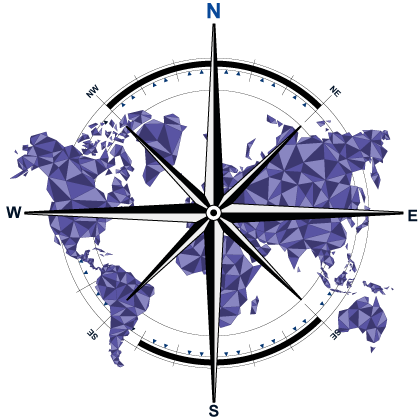
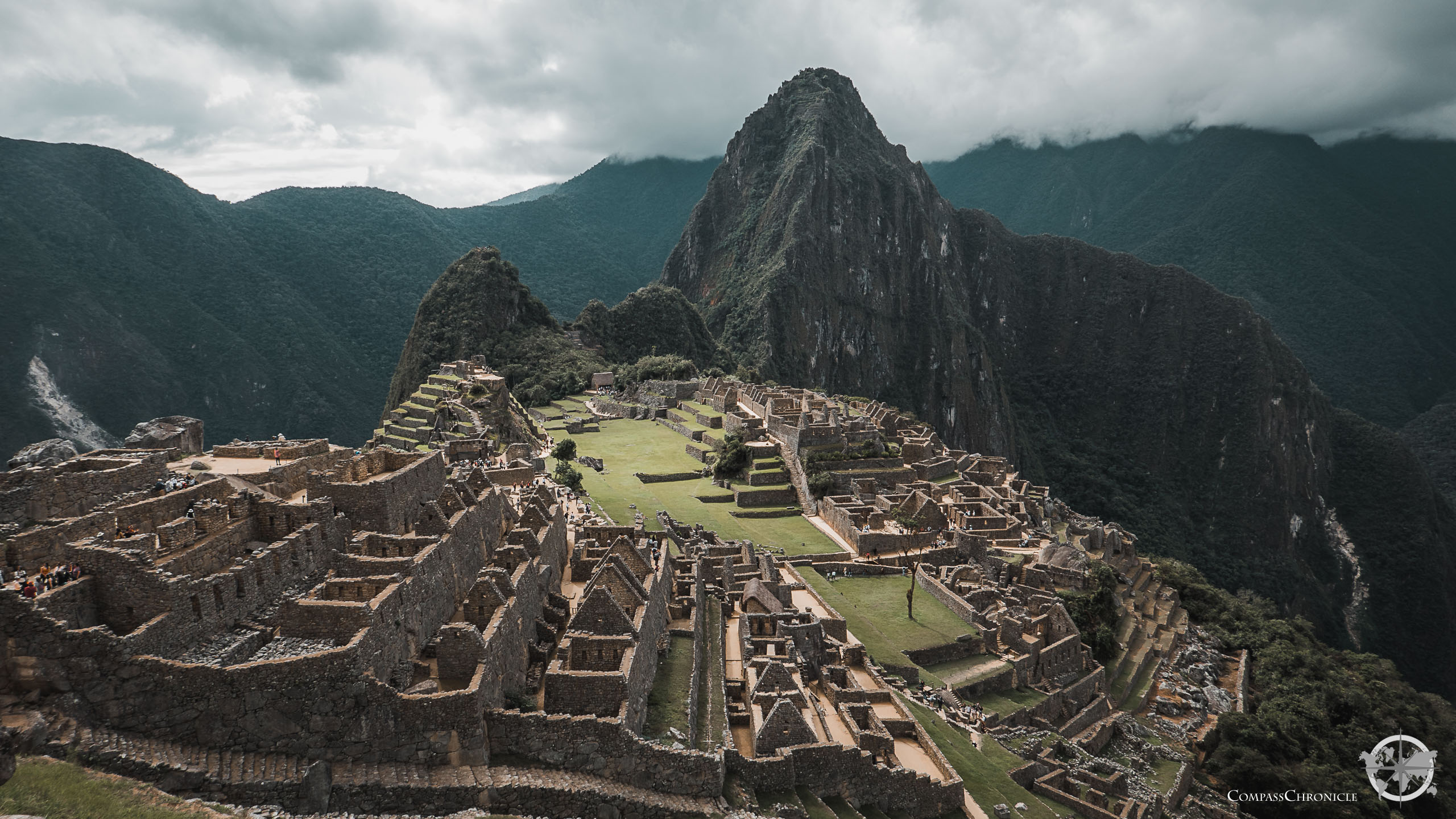

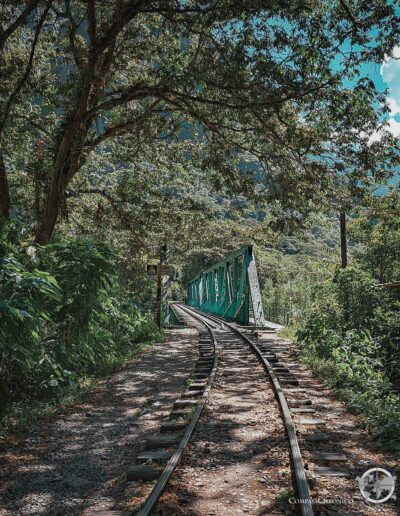








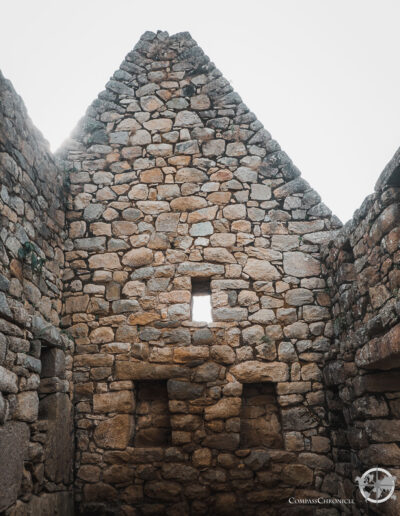

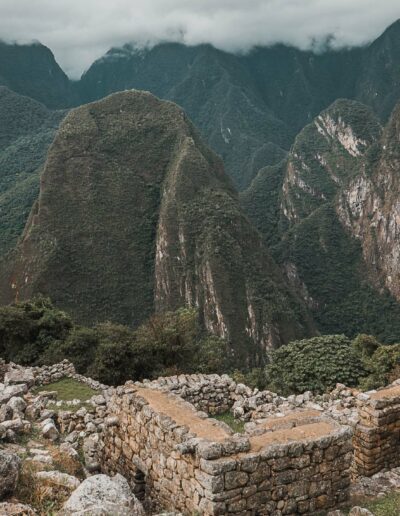

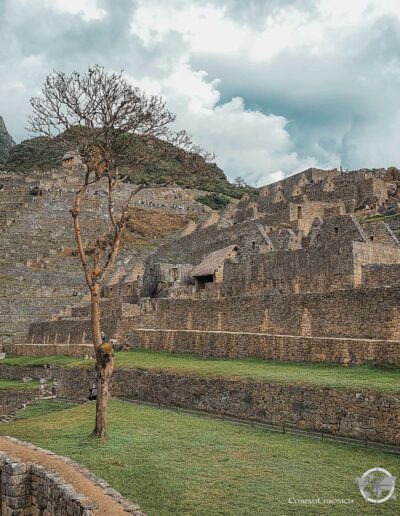



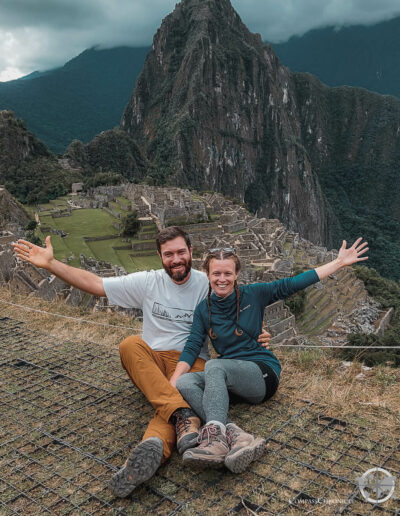


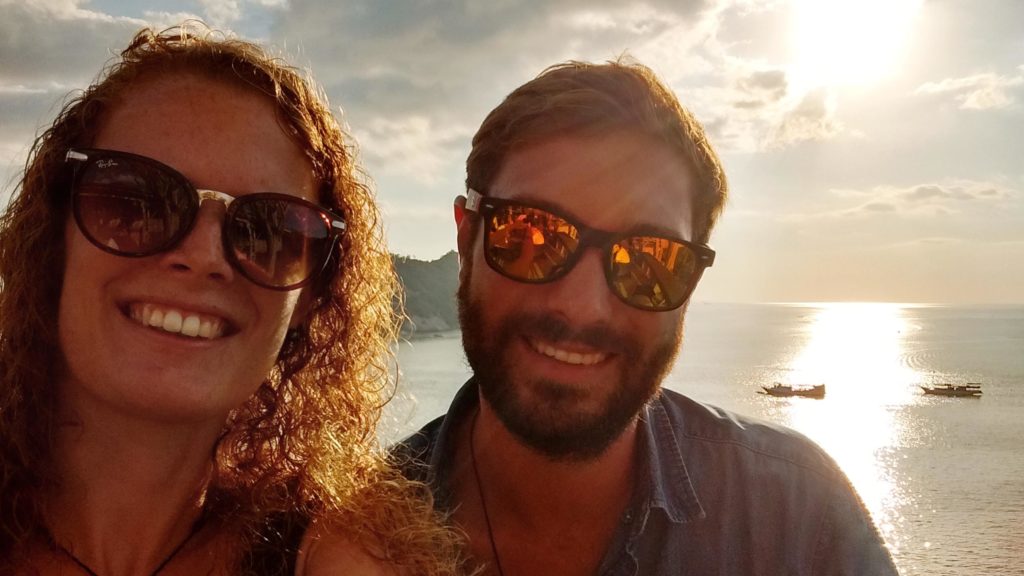
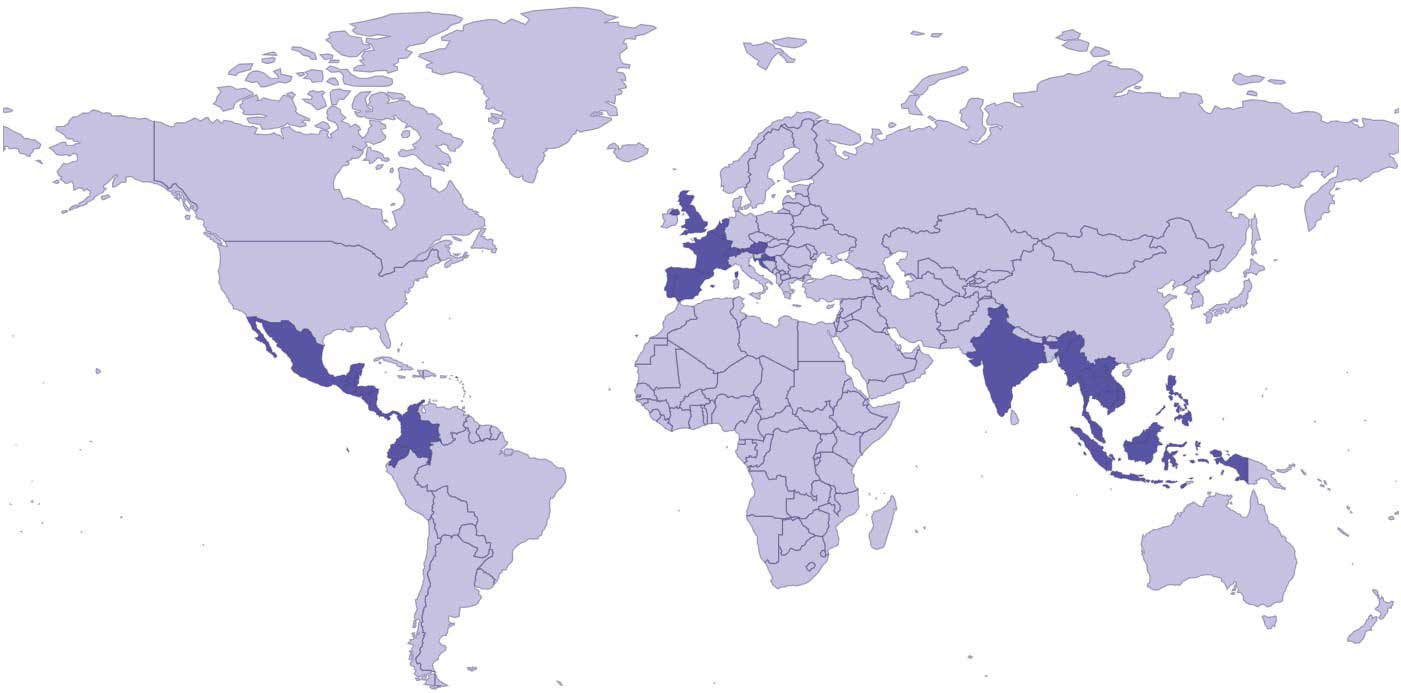
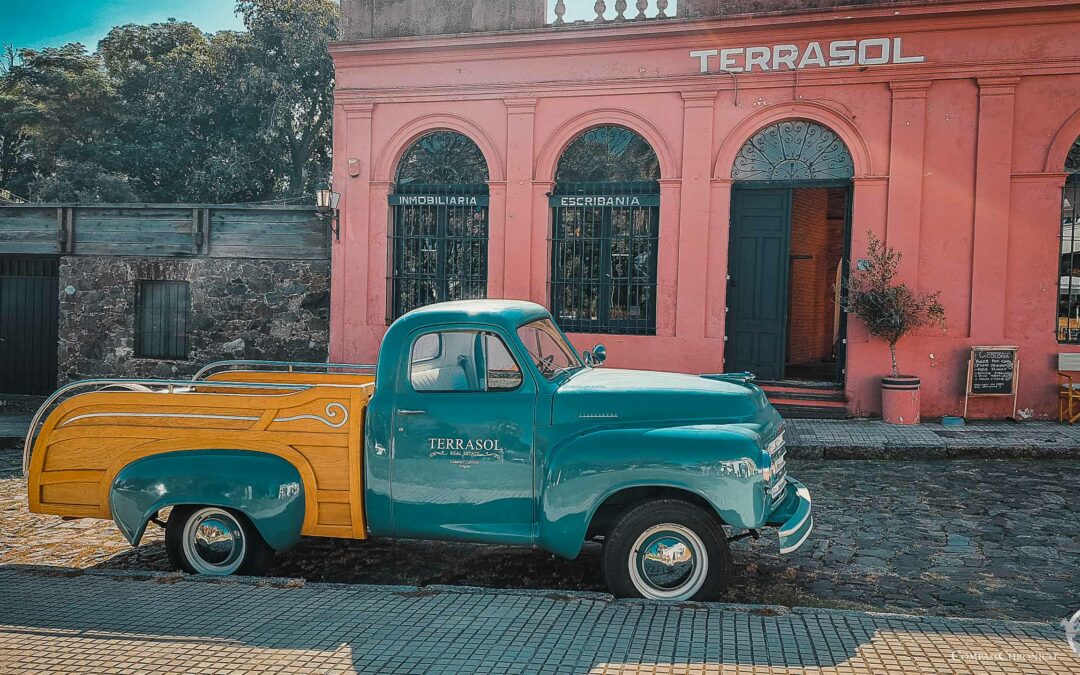
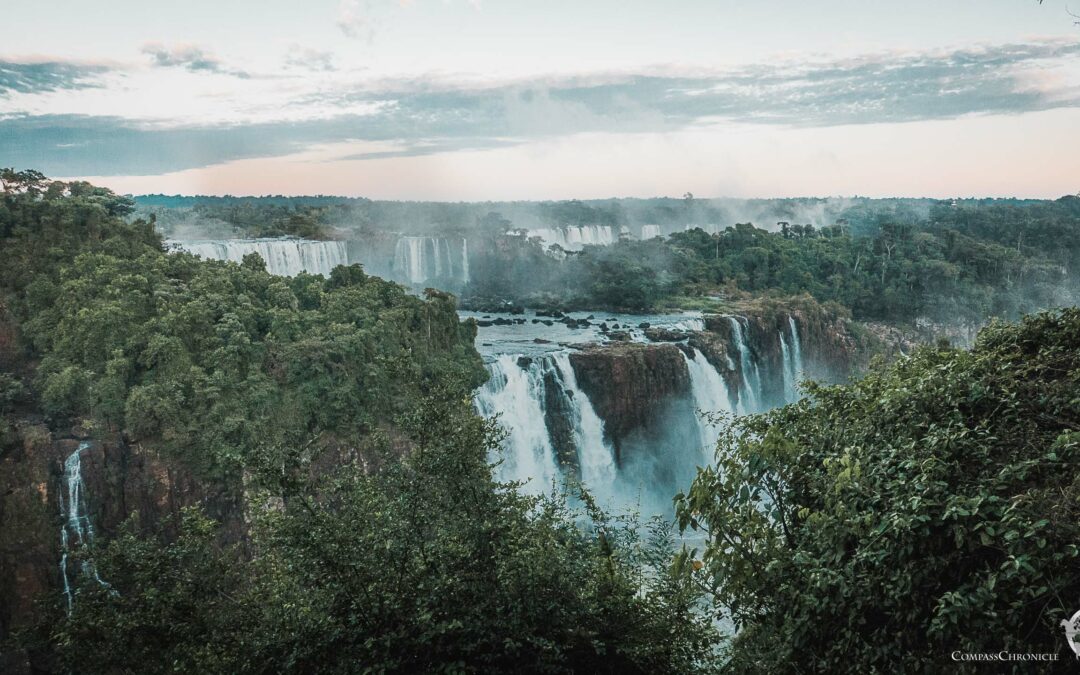

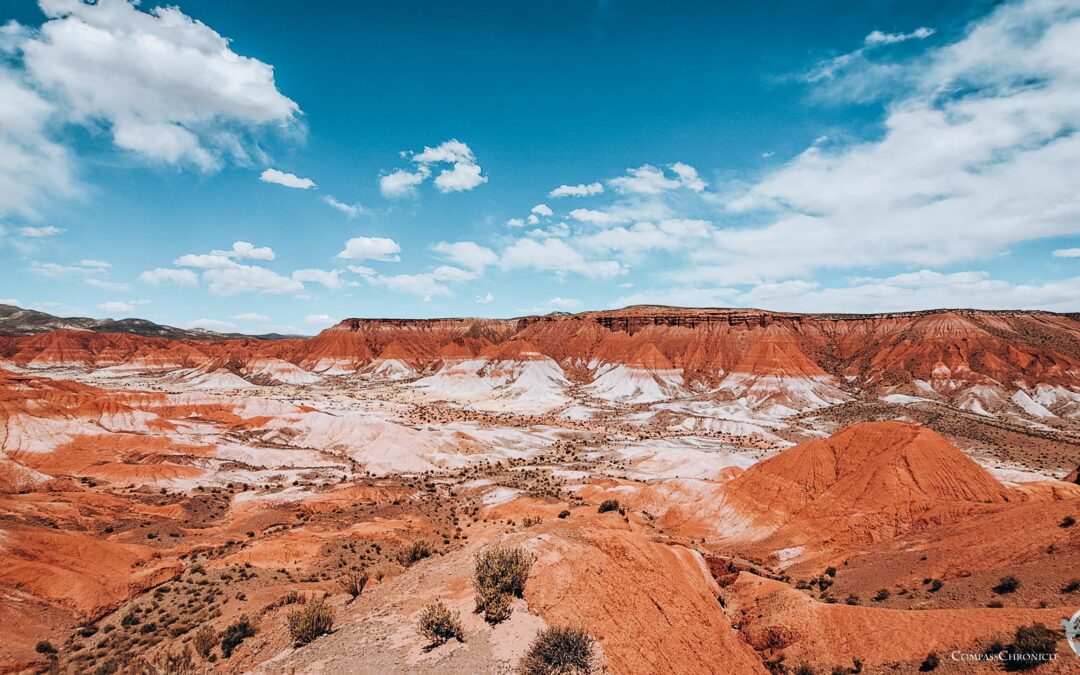
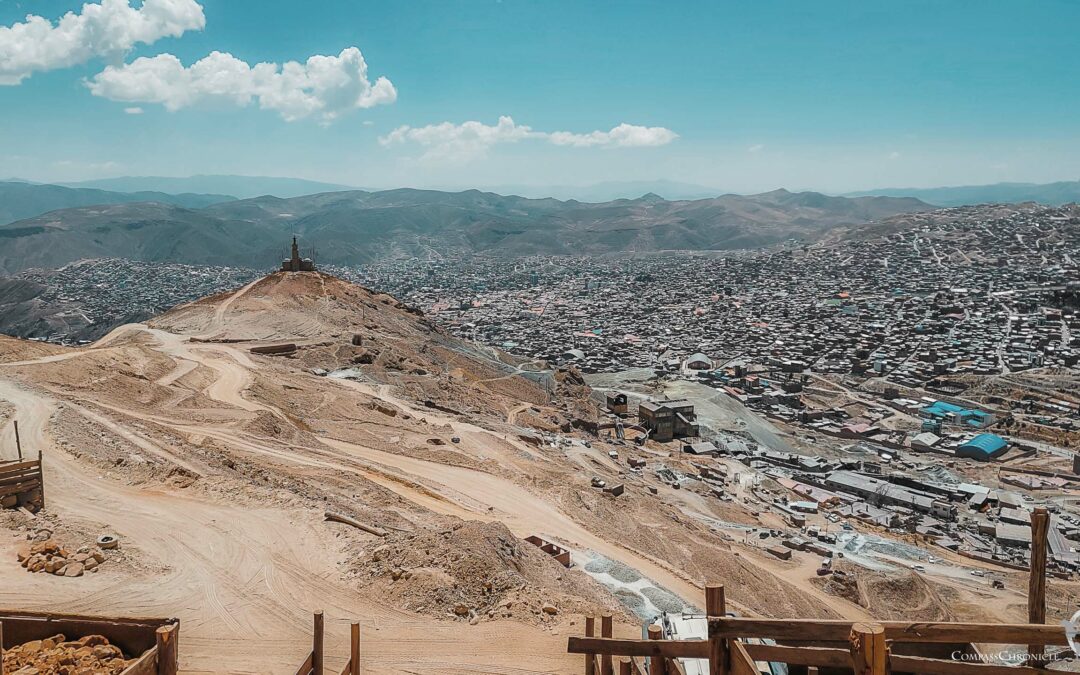
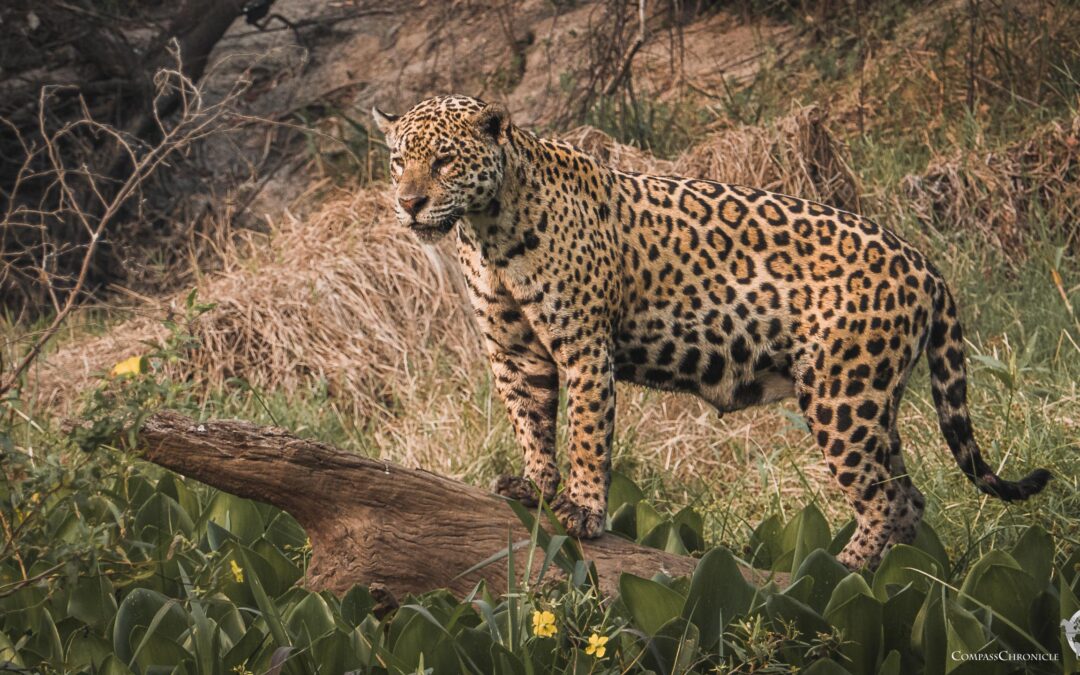
0 Comments